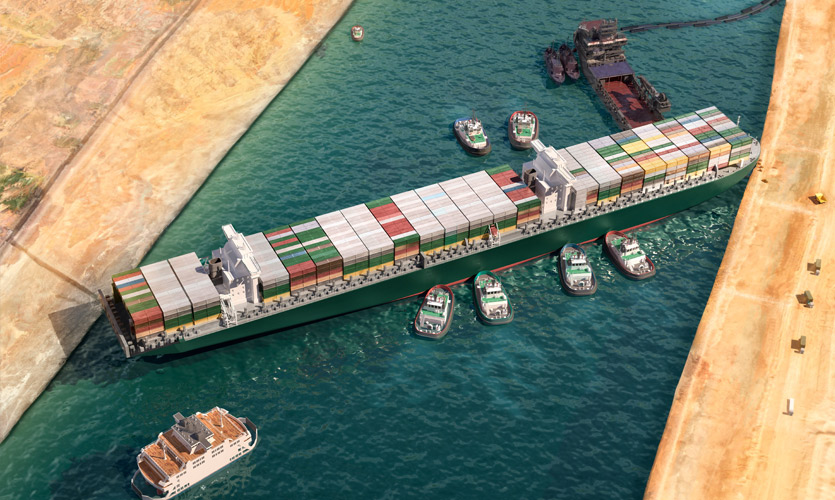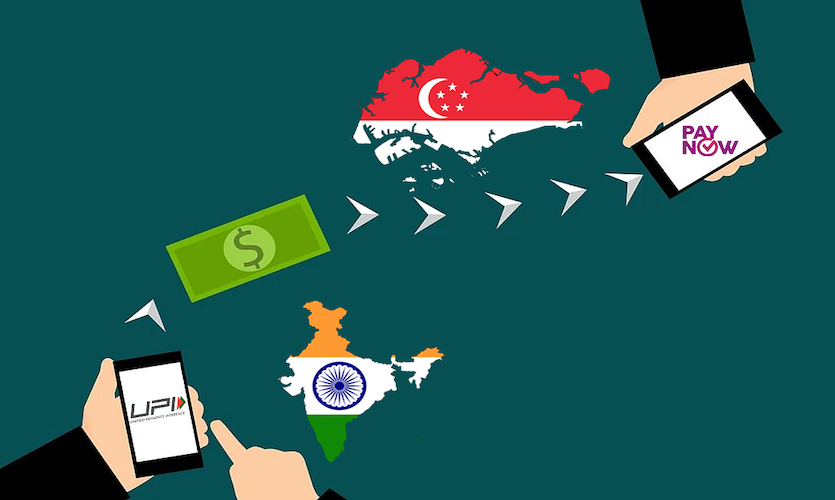The giant ship has turned six days after causing a crisis in Egypt’s Suez Canal. One of the rarest events occurred when one of the largest container ships in the world was stuck sideways thereby causing maritime traffic jam at the world’s busiest trade routes.
The blockage grew to more than 200 vessels outside the canal while some vessels began changing course as dredgers worked to free the giant container ship.
The 220,000-ton, 400-metre-long MV Ever Given, the megaship operated by the Taiwan-based firm Evergreen got stuck near the southern end of the canal this week. The Suez Canal Authority (SCA) said it had lost the ability to steer amid high winds and a dust storm.
Eight tugboats were working to free the vessel, blocking a lane key to Asia-Europe trade through which about 50 ships a day passed in 2019, according to Egyptian government statistics.
How this happened still remains murky but the ship’s operator and Egyptian officials blamed winds gusting as much as 30 miles per hour, along with a sandstorm sweeping the area.
Primary Concern Of The Suez Canal Crisis
The canal at the moment accommodates over 10 per cent of global trade out of which 7 per cent is the world’s oil.
Following the blockage, the price of international benchmark Brent crude shot up some 3 per cent to 63 US dollars a barrel.
The major concern for Asia, to be specific, is to face the outcome of delayed deliveries and prevention of return of empty containers back to the continent which is likely to worsen the shipping shortage crisis that’s already caused by pandemic.
“With the Suez Canal set to remain blocked for at least another day or two, shipping companies are being forced to confront the spectre of taking the far longer route around the Cape of Good Hope to get to Europe or the east coast of North America,” said Lloyd’s List, a shipping data and news company.
India Ought To Be Concerned?
The Suez Canal crisis is turning into longest ever accidental closure and India needs to tighten its grip as the fear of crude oil price increase is just round the corner which will eventually lead to domestic inflation.
India is the world’s top importer of crude oil and products via the Suez Canal, even more than China, South Korea or Singapore, according to data from Vortexa, an oil and gas analytics platform. And more than two-thirds of India’s crude comes from the Gulf region.
According to some media reports, India has devised a four-pronged strategy to deal with the blockage of the Suez Canal. This route is used by Indian exporters and importers for trade worth $200 billion with North America, South America and Europe. Moreover, the plan includes rerouting vessels, prioritizing perishable cargo, stabilizing freight rates, and handling expected bunching-up at Indian ports.
The strategy was drafted on Friday at a meeting chaired by special secretary (logistics) in the commerce ministry Pawan Agarwal and attended by officials from the ministry of ports, shipping and waterways; Container Shipping Lines Association (CSLA) and Federation of Indian Export Organisations (FIEO).
According to the plan, shipping lines have been advised through CSLA to explore re-routing ships via the Cape of Good Hope which may add 15 days. “FIEO, MPEDA and APEDA will jointly identify cargo, particularly perishable cargo, for priority movement and work with shipping lines for the same,” the commerce ministry said in a statement.
Rerouting World Trade
According to market research firm Kepler on Friday, at least seven oil tankers have changed their routes due to maritime blockage in the Suez Canal.
There arises huge concerns for most of the shipping companies as they might face the brunt of millions of dollars with a possible rise in prices due to delays in delivering goods.
Some International trade experts believe that the disruption in world trade due the Suez Canal crisis could be beneficial for Russia and the US.
Russia is likely to see an increase in gas demands from Europe to compensate for the shortage resulting from the disruption of the flow of gas via the Suez Canal route.
The US on the other side, may find the opportunity to increase its oil and gas exports to Europe via the Atlantic ocean.
However, Egypt is likely to face foreign currency crisis. The Suez Canal is a major source of revenue for Egypt earning an average of $15 million every day.
What also worries Egypt is the fact that other oil and gas routes may take business away from the Suez. This includes the Israeli-Emirati planned oil pipeline that links the Gulf’s oil to Israel’s ports. Another gas pipeline links Israel, Greece and Greek Cypriot administration via the Mediterranean.










